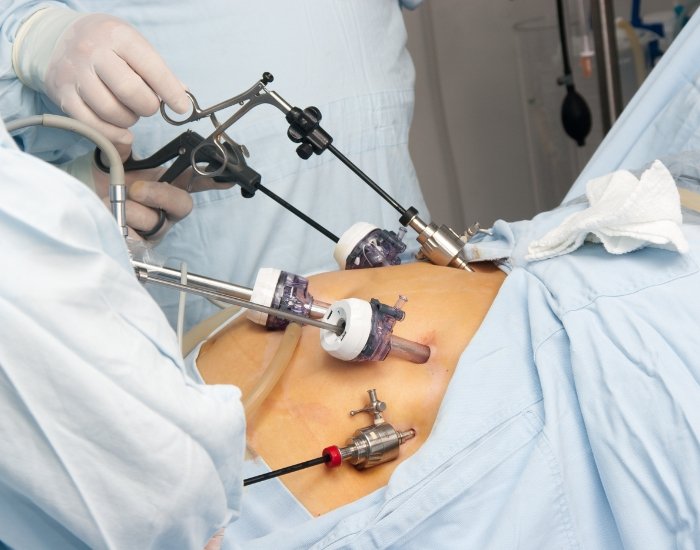Heart bypass surgery, also known as coronary artery bypass grafting (CABG), is a life-saving procedure that restores proper blood flow to the heart. While the surgery itself is a significant milestone, the recovery process is equally crucial for regaining health and returning to normal life. Understanding what to expect during recovery can help ease concerns and promote better outcomes.
What Happens During Heart Bypass Surgery?
Before diving into the recovery timeline, it’s essential to understand the procedure. Heart bypass surgery involves using a healthy blood vessel from another part of your body (usually the leg, arm, or chest) to bypass a blocked coronary artery. This reroutes blood flow, ensuring your heart receives the oxygen and nutrients it needs.
Immediate Post-Surgery Recovery
a. In the ICU
- After surgery, patients typically spend 1-2 days in the intensive care unit (ICU) under close monitoring.
- Vital signs such as heart rate, blood pressure, and oxygen levels are continuously checked.
- Patients may be connected to machines, including ventilators, to assist with breathing temporarily.
b. Hospital Stay
- Most patients stay in the hospital for 5-7 days.
- During this time, they begin light activities like sitting up, walking short distances, and breathing exercises to prevent complications like pneumonia.
Tip: Follow your healthcare team’s instructions closely to ensure a smooth transition to home care.
Recovery at Home: The First Few Weeks
a. Physical Recovery
- Wound Healing: Incisions in the chest and any donor sites (like the leg) take 6-8 weeks to heal.
- Energy Levels: It’s normal to feel fatigued, but energy gradually improves with rest and light activities.
- Pain Management: Mild to moderate pain or discomfort is common and can be managed with prescribed medications.
b. Activity Restrictions
- Avoid lifting heavy objects, driving, or engaging in strenuous activities for at least 4-6 weeks.
- Light walking is encouraged to improve circulation and prevent blood clots.
c. Emotional Well-being
- Many patients experience mood swings, anxiety, or depression after surgery.
- Support groups, counseling, and talking to loved ones can help.
Tip: Don’t rush the process—recovery is gradual and varies for everyone.
Long-Term Recovery and Rehabilitation
a. Cardiac Rehabilitation
- Most doctors recommend a supervised cardiac rehab program starting 4-6 weeks post-surgery.
- This program includes:
- Exercise Training: To improve cardiovascular fitness.
- Education: On heart-healthy habits and lifestyle changes.
- Emotional Support: To address any mental health concerns.
b. Lifestyle Adjustments
- Adopt a heart-healthy diet rich in fruits, vegetables, whole grains, lean proteins, and healthy fats.
- Quit smoking and limit alcohol consumption.
- Manage stress through mindfulness techniques like yoga or meditation.
Tip: Cardiac rehab significantly improves recovery outcomes and reduces the risk of future heart problems.
Timeline for Full Recovery
a. 6-12 Weeks
- By this time, most patients can resume light daily activities and return to work (if their job isn’t physically demanding).
- Driving is usually safe once you’re off pain medications and can react quickly.
b. 3-6 Months
- Patients often regain their full strength and stamina.
- It’s possible to resume more vigorous activities like jogging, swimming, or light sports, but only with a doctor’s approval.
c. 1 Year
- By the one-year mark, most patients feel fully recovered and can lead a normal, active life.
Tip: Regular follow-ups with your cardiologist are essential to monitor progress and address any concerns.
Warning Signs During Recovery
It’s crucial to watch for any complications and seek medical attention if you experience:
- Persistent chest pain or shortness of breath.
- Swelling, redness, or discharge from the surgical site.
- Irregular heartbeats or palpitations.
- Sudden weight gain (which may indicate fluid retention).
Tip: Early intervention can prevent serious complications and ensure a smoother recovery.
The Role of Support Systems
Having a strong support system can make a significant difference during recovery. Family, friends, and caregivers can help by:
- Assisting with daily tasks.
- Encouraging healthy habits.
- Providing emotional support.
Tip: Don’t hesitate to lean on your loved ones or seek professional help if needed.
Final Thoughts
Recovering from heart bypass surgery is a journey that requires patience, effort, and support. By following your doctor’s advice, making lifestyle changes, and staying proactive about your health, you can reduce the risk of future complications and enjoy a better quality of life. Remember, every step you take brings you closer to a stronger, healthier heart.

